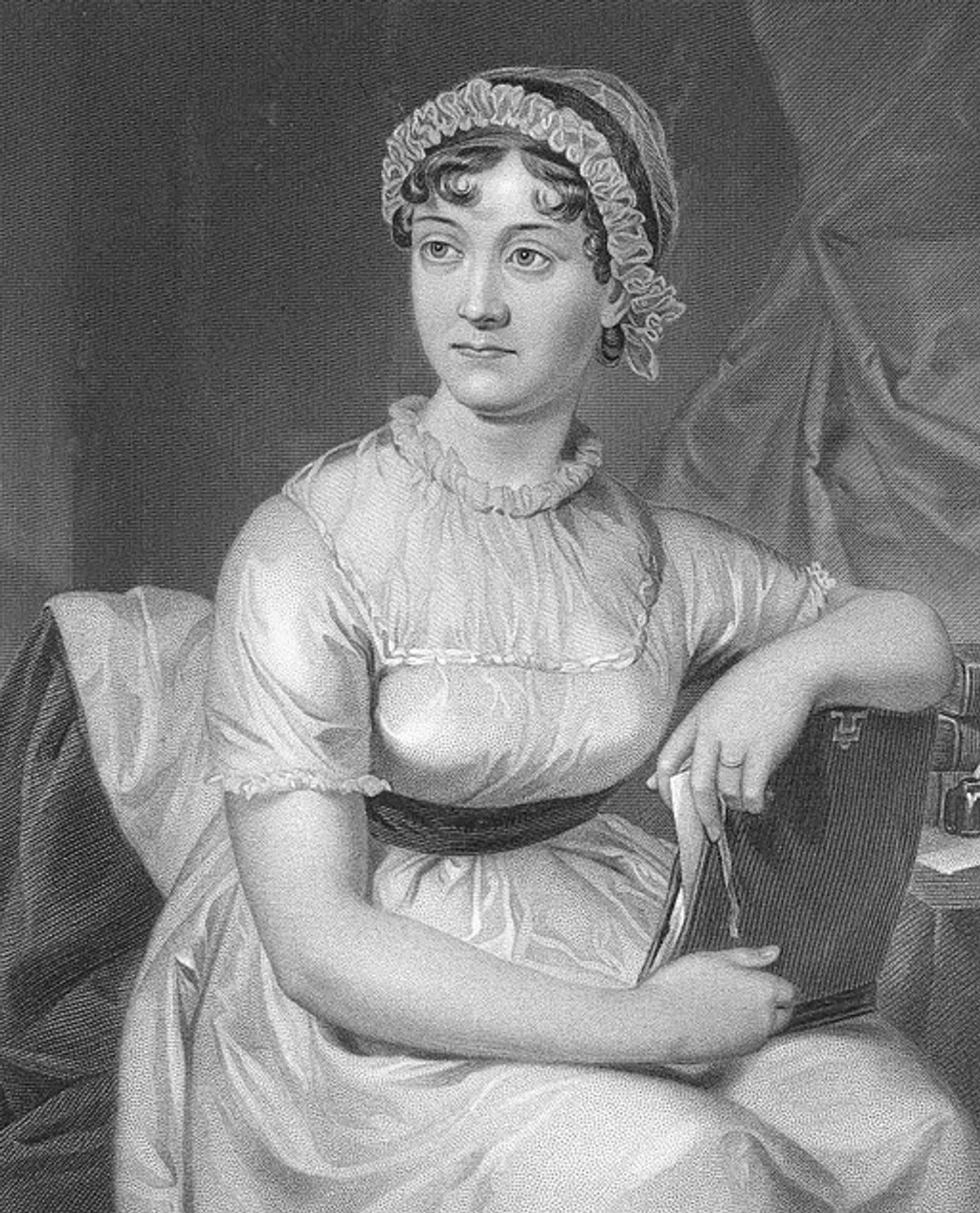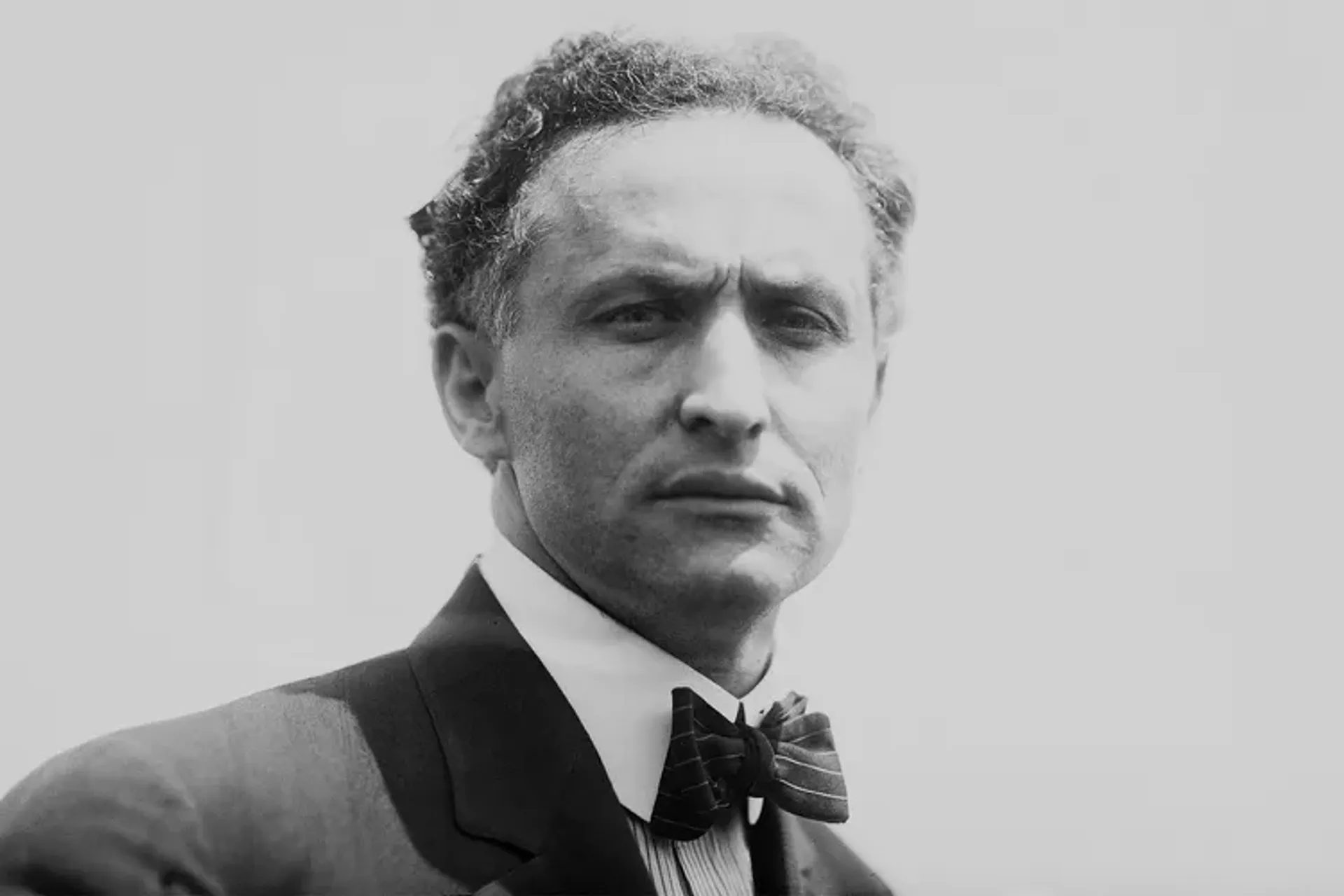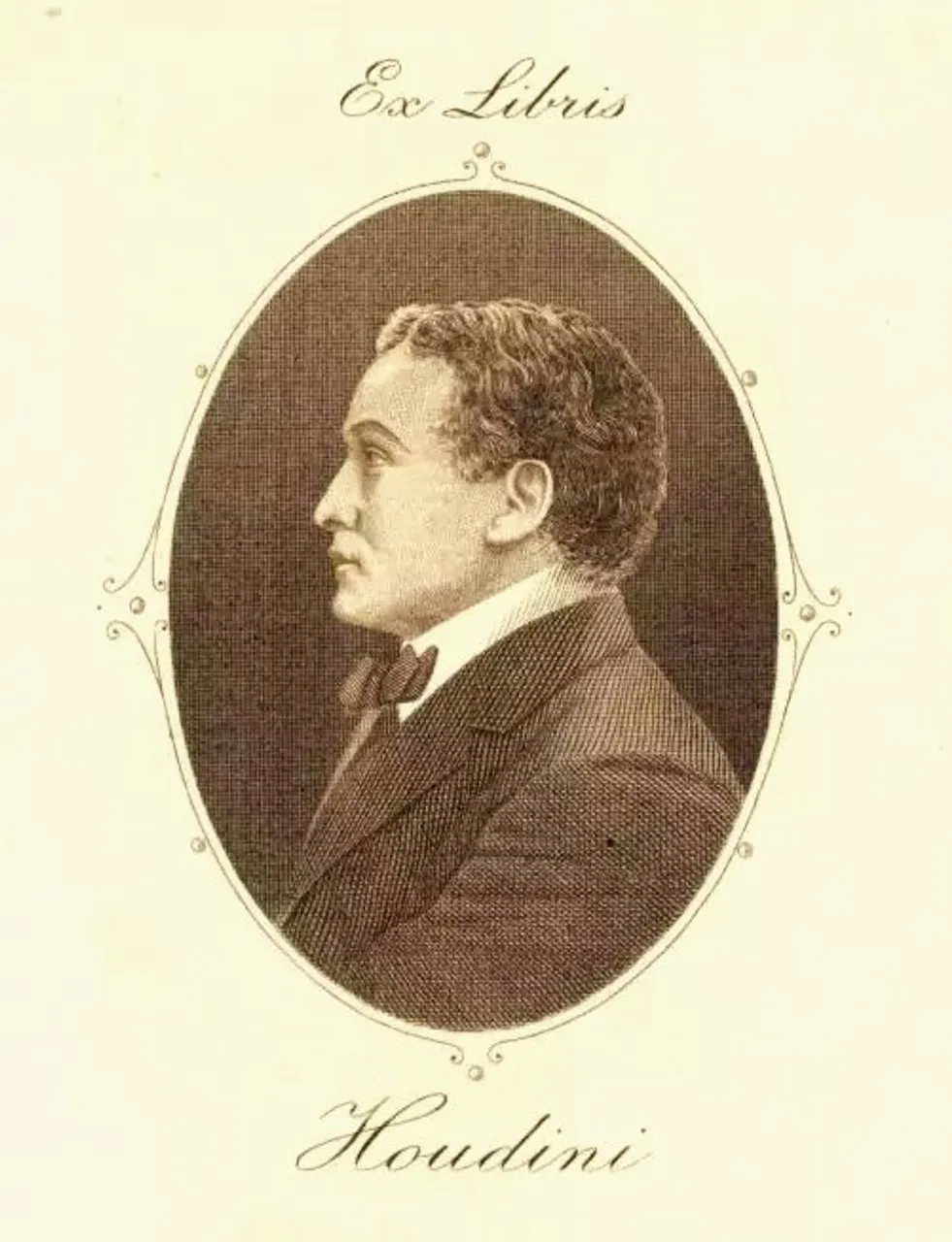Buranelli, Prosper. “Houdini’s Literary Escape.” The Bookman 44, n. 5 (1927): 611.
Down, Troy. “Harry Houdini’s Library.” The Book Collector 69, n. 2 (2020): 251-266.
Maggs Bros. Bibliotheca Aeronautica. A descriptive catalogue of books and engravings illustrating the evolution of the airship and the aeroplane. Catalogue n. 387. London: Maggs Bros., 1920.
Posnanski, Joe. The Life and Afterlife of Harry Houdini. New York: Avid Reader, 2019.
Silverman, Kenneth. Houdini!!!: The Career of Ehrich Weiss: American Self-Liberator, Europe’s Eclipsing Sensation, World’s Handcuff King & Prison Breaker. New York: Harper Collins, 1996.
-
Houdini, Harry. Letter of Harry Houdini discussing his library. 1925. Manuscript/Mixed Material. https://www.loc.gov/item/2018682514/.
-
Harry Houdini to Maggs Bros., July 4th, 1920 (Maggs Archive, private).
-
Harry Houdini to Maggs Bros., January 14th, 1920 (Maggs Archive, private).
-
Harry Houdini to Charles Maggs, January 18th, 1920 (Maggs Archive, private).
-
Harry Houdini to Maggs Bros., February 13th, 1920 (Maggs Archive, private). The archive also has two of the three original tickets for the private showing, which took place on February 17th, 1920, at the Shaftesbury Pavilion.
-
Harry Houdini to Charles Maggs, February 26th, 1920 (Maggs Archive, private).
-
Maggs Bros., Bibliotheca Aeronautica. A descriptive catalogue of books and engravings illustrating the evolution of the airship and the aeroplane. Catalogue n. 387 (London: Maggs Bros., 1920). The entire collection described in the catalogue was purchased by Henry E. Huntington, one of the greatest book collectors of the golden age of book collecting.











